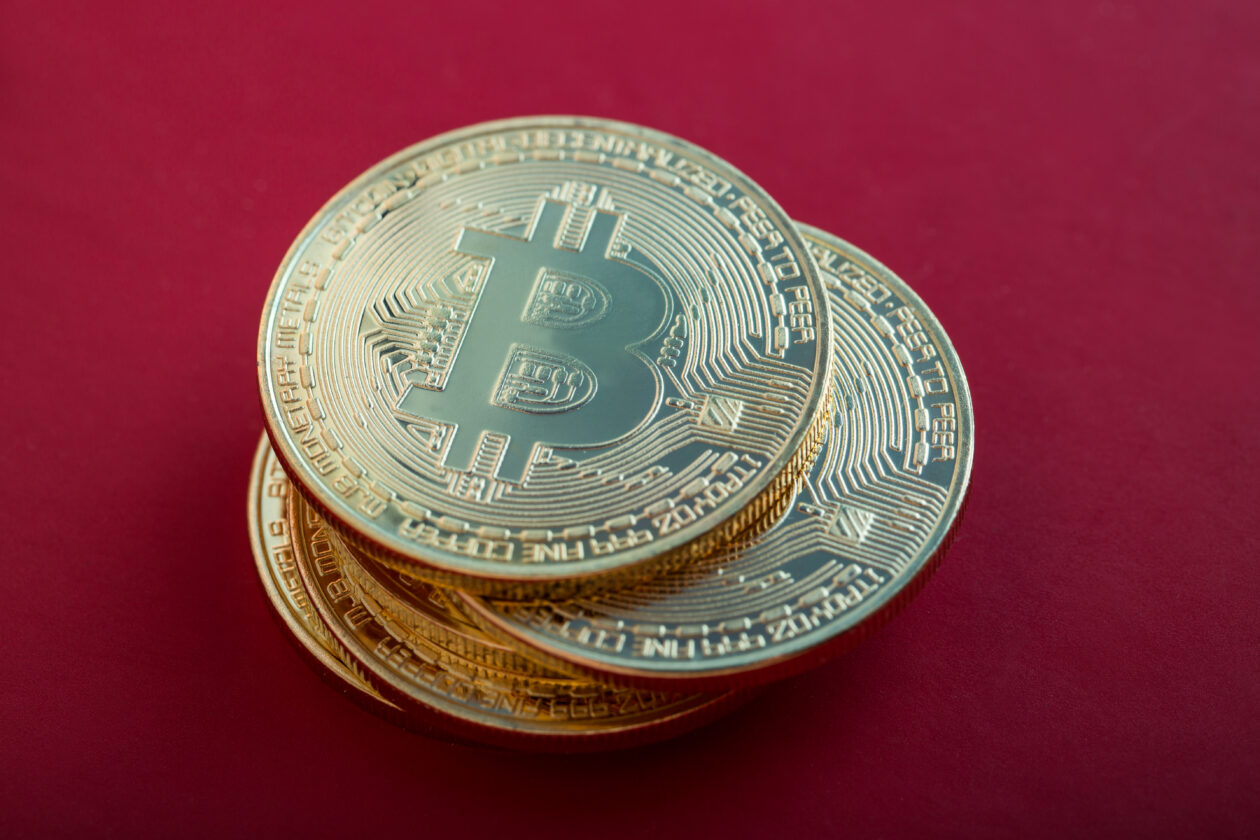Bitcoin fell on Thursday morning in Asia to trade around the US$27,500 mark, after briefly breaching US$28,000 on Wednesday as U.S. inflation slowed. Liquidity is becoming a concern after major market makers Jane Street Group and Jump Crypto quit cryptocurrency trading in the U.S. citing unfavorable regulations. Ether led the losers in the top 10 non-stablecoin cryptocurrencies, while Pokadot led the winners. U.S. equity futures traded higher as inflation eased in April, adding to speculation the Federal Reserve may pause its interest rate hikes in June.
See related article: Hong Kong will have ‘tight’ crypto regulation, says HKMA chief Eddie Yue
Bitcoin, Ether lose ground

Bitcoin dropped 0.60% to US$27,554 in the 24 hours to 08:30 a.m. in Hong Kong, according to CoinMarketCap data, logging a weekly loss of 5.24%.
The world’s largest cryptocurrency briefly breached the US$28,000 ceiling on Wednesday as crypto markets rallied on a slower U.S. inflation rate, but soon fell back amid concerns about network congestion and liquidity.
Jane Street Group and Jump Crypto, two leading market makers, will quit digital asset trading in the U.S. as regulators crack down on the industry, according to a Bloomberg report citing unnamed sources.
“After the collapse of several crypto-friendly banks and FTX it seems like the SEC (regulator) is unsure what leg to stand on and for sure the stance has become more hostile to cryptos and the entire financial and technical ecosystem surrounding it,” Mikkel Morch, chairman and non-executive director at digital asset investment fund ARK36, said in an email.
As of 08:30 a.m. in Hong Kong, investors liquidated US$41.28 million of Bitcoin positions, almost 75% of which were long positions – or bets that the price of Bitcoin would rise, according to market data tracker CryptoMeter.io.
Ether fell 0.84% to US$1,837, down 3.49% for the week. The token neared US$1,900 on Wednesday before falling back to as low as US$1,795.
Other top 10 non-stablecoin cryptocurrencies traded mixed, with Polkadot’s Dot token leading the winners with a gain of 1.91% to US$5.45. However, it’s down 5.43% for the week. Web3 Foundation, the organization behind the Polygon blockchain, testified before the U.S. Congress on Wednesday on digital asset regulations, calling for a clearer rules of the road.
The total crypto market capitalization dipped 0.30% in the past 24 hours to US$1.14 trillion. The total trading volume rose 43.61% to US$45.84 billion.
NFT index dips
In the non-fungible token (NFT) market, the Forkast 500 NFT index dipped 0.67% to 3,440.57 in the 24 hours to 10:00 a.m. in Hong Kong, losing 6.15% for the week.
Milady Maker, an Ethereum-based NFT collection, topped the 24-hour sales across the market after Elon Musk, Chief Executive Officer of Twitter and Tesla, tweeted on Wednesday an image containing the NFT.
Milady Maker’s sales totaled over US$9.54 million in the past 24 hours, a surge of over 3,700%, according to data by CryptoSlam, with its floor price jumping 38.4% to 4.69 ETH (US$8,609), according to CoinGecko.
Boosted by the rise of Milady Maker, NFT sales on the Ethereum blockchain jumped 89.41% in the past 24 hours to US$34.25 million, according to CryptoSlam. The average transaction fees on Ethereum came in at US$19.70 on Wednesday, a drop from its 11-month peak of US$27.68 on Saturday, according to blockchain data platform BitInfoCharts.
Equities futures rise as inflation slows

U.S. stock futures moved higher as of 11:00 a.m. in Hong Kong. The Dow Jones Industrial Average futures edged up 0.04%. The S&P 500 futures gained 0.19%. And the Nasdaq Composite futures added 0.16%.
The three U.S. indexes closed mixed in regular trading on Wednesday as investors digested the U.S. consumer price index report that showed annual inflation unexpectedly slowed to 4.9% in April from 5% in March, the slowest pace in the past two years. The moderate cooling of inflation indicates the Federal Reserve may take a pause in its more than year-long cycle of raising rates to slow inflation.
On talks to raise the U.S. debt ceiling to keep the government solvent, President Joe Biden warned on Wednesday that a federal government default could trigger a global recession, according to a Bloomberg report. Biden is set to continue talks to raise the debt ceiling on Friday, with congressional Republicans demanding more budget cuts in any agreement.
On other data releases, the U.S. producer price index and jobless claims come out Thursday to offer further insights into the health of the economy.
The Federal Reserve will meet on June 14 to decide its next move on interest rates, which are now between 5 and 5.25%, the highest since 2006. The CME FedWatch Tool predicts a 96.1% chance the Fed will keep rates unchanged in June, and a 3.9% chance for another 25 basis-point rate hike, down from 21.2% on Wednesday.
(Updates with equity section.)
See related article: Goldman Sachs, Microsoft, Moody’s, others to join new financial industry blockchain





